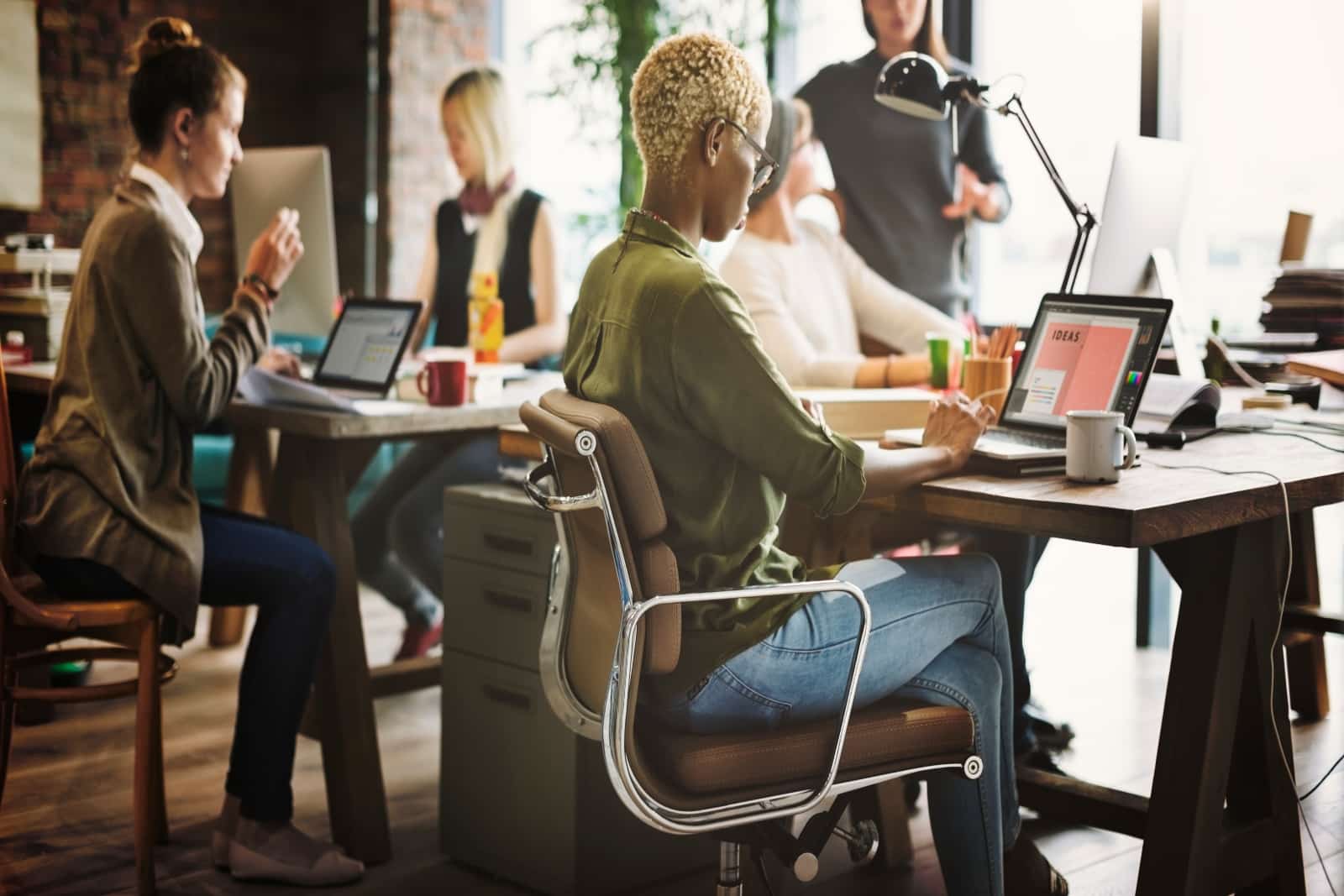A workplace experience is a holistic approach to creating the best environment for employees to do their work. The workplace experience matters because a positive one means employees are proud, confident, and excited about the work they do. And when employees feel they are in an optimal environment to do their work, you can expect increased employee engagement, improved performance and productivity, loyalty, and higher retention rates.
When creating a positive workplace experience, you need to encompass all the touchpoints that employees have with the workplace which involves major components – space, technology, and people. Therefore, the whole workplace experience is made up of unique experiences or touchpoints. Here are 5 key drivers to intentionally design the workplace experience:
1. Technological experience
Workplace environments have changed dramatically over the last few years, especially with the rise of the hybrid workplace. With this work model, companies allow greater flexibility in work schedules and physical spaces – allowing more employees to choose where they work, such as remotely from home. With more and more teams working remotely, companies need to provide their people with safe and smart technology to efficiently do their jobs. These technologies encompass hardware, software, and tools.
2. Cultural experience
Emphasize your company culture by communicating and demonstrating purpose and passion. Leadership should reflect the company culture, giving employees role models that intentionally and actively align with the company’s mission and vision. When employees enjoy their workplace culture, they take more pride in the work they do. They’re also more likely to talk positively about their organization to others, which helps the company build a brand reputation that will attract more high-quality candidates and the right talent.
3. Emotional experience
When leadership communicates its core values to its employees, employees develop a deeper emotional connection with their leaders, colleagues, customers, and the communities they serve. Some ways to nurture the employees’ emotional experiences is to create opportunities for them to meet the communities they serve, such as volunteering or having office-based employees experience customer-facing activities.
4. Intellectual experience
When employees are loyal to their organizations, they become more invested in their personal and professional development as they see a long future with the company. To enhance the intellectual experience, leaders should provide opportunities for continuous learning and development. This can even involve training that isn’t related to the employees’ roles and positions, such as self-improvement classes.
5. Physical experience
When possible, give employees greater control of where and how they work. If the pandemic proved anything, it’s that many jobs can be performed remotely. Many companies recognized that working physically from an office didn’t necessarily mean improved productivity. And that allowing employees to choose where to work led to better employee experience, increased job satisfaction, and greater output.
If maintaining your staff at a physical office is non-negotiable, make work environments safe and spaces where employees can thrive. Focus on workplace design elements that address employees’ specific needs, such as spaces that promote collaboration or prevent distraction.
If you have more questions about designing the workplace experience, I can help you.
I am currently taking new applications for coaching engagements. Please complete this short application https://form.typeform.com/to/RRtx2GVy
If you qualify, we can take the next steps.









